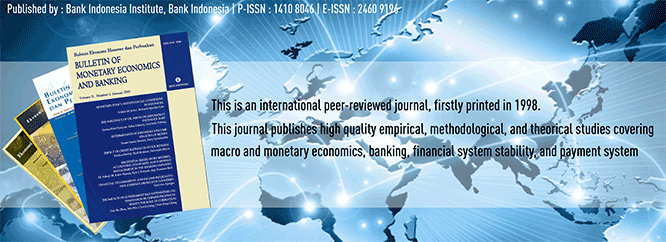
Document Type
Article
Abstract
Employment distribution disparities are preventing the Indian economy from achieving inclusive growth. The skewed distribution of employment is one of the reasons for the rising inequalities in the economy. In this regard, the present study analyses the employment probabilities of Indians working in the manufacturing sector. A binary logit model has been used on a pooled cross-sectional dataset of the fourth (2013-14) and fifth (2015-16) Employment and Unemployment Surveys (EUS). The study analyses four major attributes, namely castes (social categories), gender, location, and education. We analyze these attributes separately for all the 29 main Indian states, and find that caste and location are highly important deciding factors of employment probabilities in the manufacturing sector.
Recommended Citation
Chakradhar, Jadhav and Bairwa, Arun Kumar
(2020)
"EMPLOYMENT PROBABILITIES AND WORKFORCE DISTRIBUTION IN THE INDIAN MANUFACTURING SECTOR: A STATE-LEVEL ANALYSIS,"
Bulletin of Monetary Economics and Banking: Vol. 23:
No.
1, Article 2.
DOI: https://doi.org/10.21098/bemp.v23i1.1293
Available at:
https://bulletin.bmeb-bi.org/bmeb/vol23/iss1/2
First Page
55
Last Page
82
Creative Commons License

This work is licensed under a Creative Commons Attribution-NonCommercial 4.0 International License
Country
India
Affiliation
Centre for Economics and Social Studies







